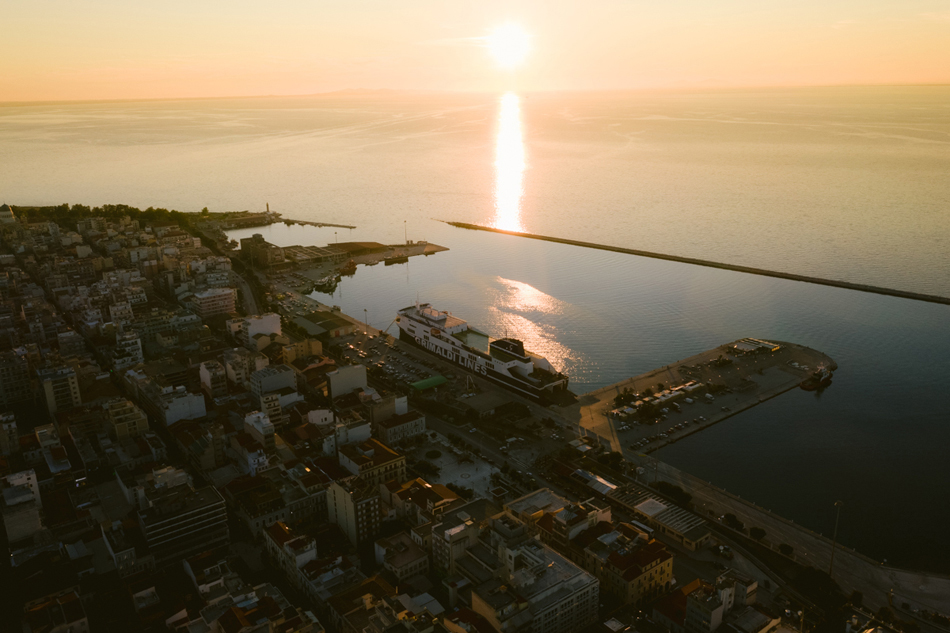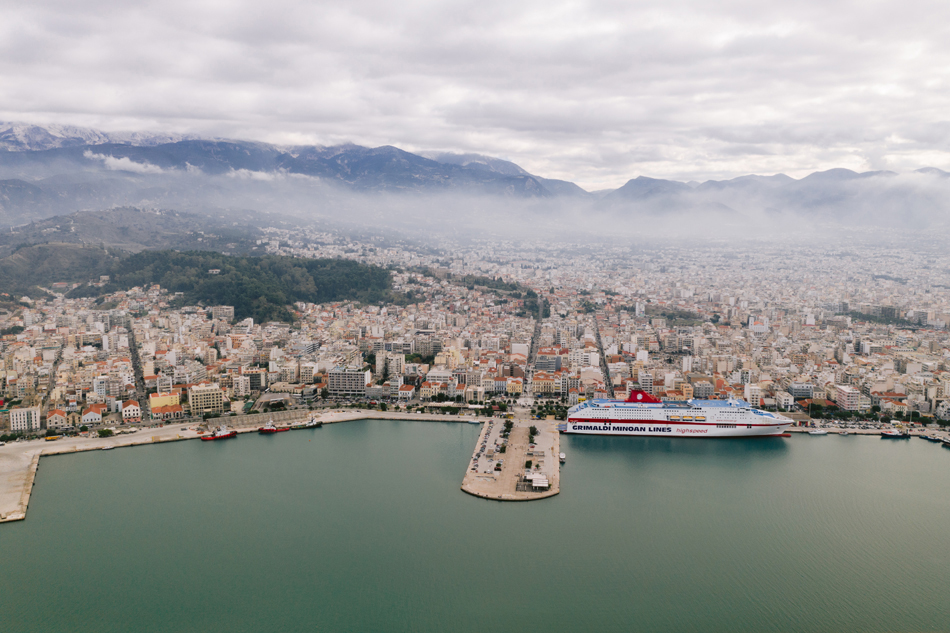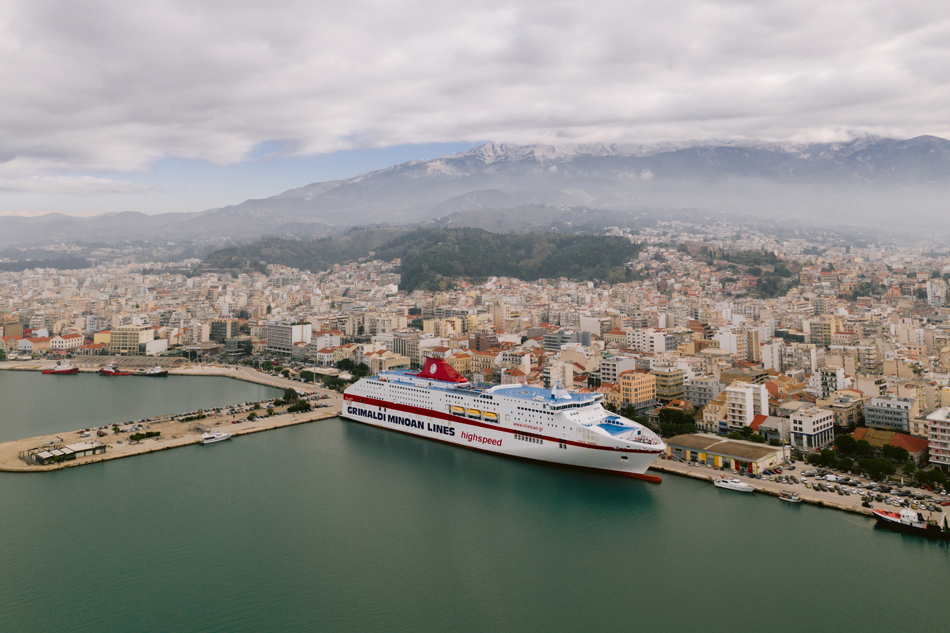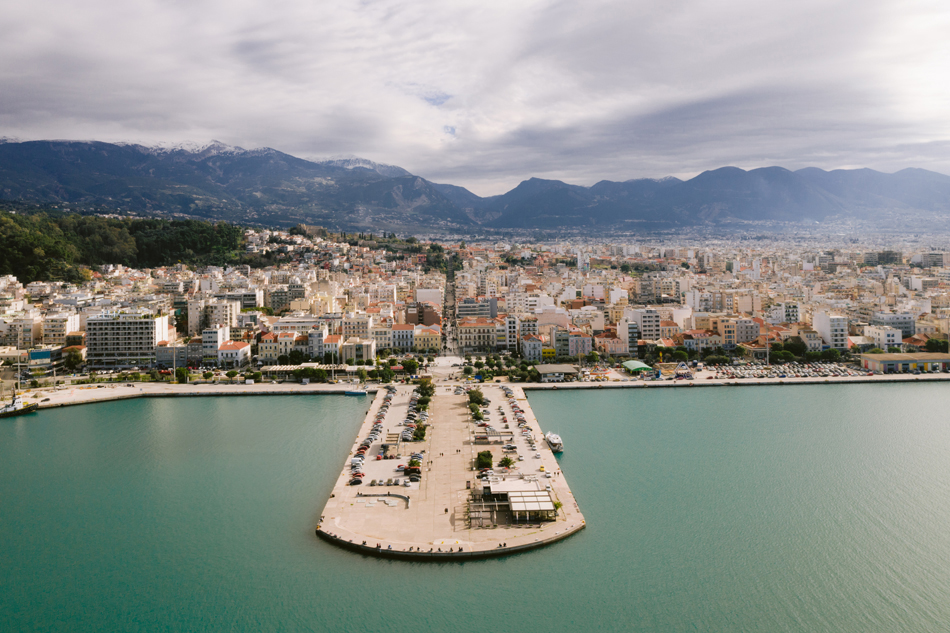The Pier of Agios Nikolaos Street is one of the most recognizable and popular sights of Patras. The conditions and commercial needs of the past times made it remarkable in the first years of the liberation, after the revolution of 1821, when the first large commercial activities with the allied countries began to appear, mainly England and France. It is perhaps the only case in which, from 1836 onwards, the construction of the old port of the city, started from the central, first wooden pier.
In the middle of the 19th century, Patras was established as the first raisin export port and generally as the main export and import center with the West. However, the opening of the Isthmus of Corinth (1893) dealt a severe blow to local trade.
The newest period of the port begins in 1836 with the beginning of the construction of an artificial port, decided by the Municipal Council of the city. In 1838 the first part of the (wooden) pier 35m long was built.
The Pier was named after the Ag. Nikolaou Street is a continuation of it and leads to the Church of Agios Nikolaos. It was characterized by its historic lighthouse, but also the different forms it took during the approximately two centuries since its construction. So there, at the end of the "bride market" as the old people of Patras know who walked for flirting and finding the bride-to-be, in the waters of Patraikos Gulf, is where today the impressive closing ceremony of Patras Carnival takes place with the burning of the Carnival King.
LOCATIONS
Patras Pier
Additional Info
- Regional Unit: ACHAIA
- Municipality: PATRAS
- Site: http://www.e-patras.gr/
- Location: Patras
- E-mail: This email address is being protected from spambots. You need JavaScript enabled to view it.
- Telephone: (+30)2613610200, -201, -202
- Facebook: https://www.facebook.com/patrasmunicipality
- Ιnstagram: #
- Twitter: https://twitter.com/patrasmunicipal
- Lat: 38.2507838
- Lon: 21.7327796
Published in
City centers
Tagged under
CIAK – Western Greece
The Region of Western Greece created its own Film Office to support and facilitate the development of audiovisual productions in Western Greece. It is an office for attracting and supporting audiovisual productions, which is the reference point and first contact during the shooting of film productions in Western Greece.
Latest News
CIAK movie screenings travel to Messolonghi
23 December 2020






